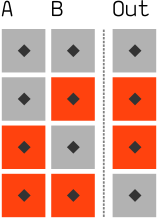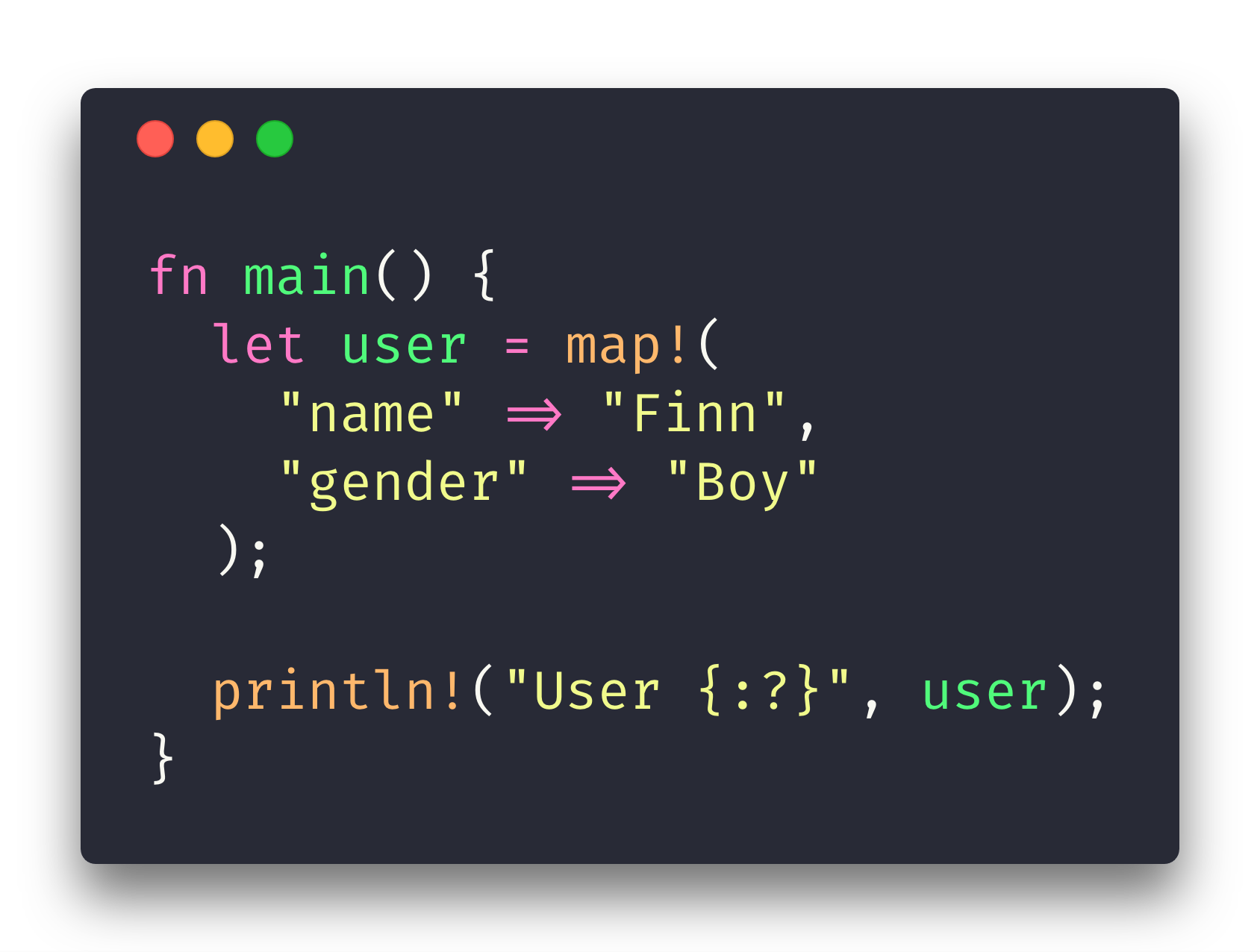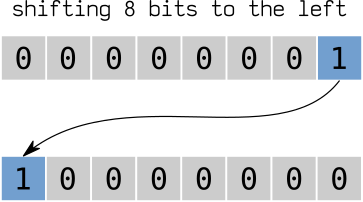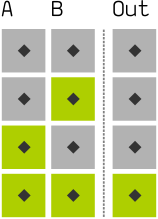Rust Vector Pattern Matching

A pattern consists of some combination of the following.
Rust vector pattern matching. Ultimately these are all operations that could easily be defined with a few ifs and maybe a call to find the length of the vector but using a pattern to express the concept feels more concise. Which is ultimately nice because the syntax you use in the pattern matching is the same syntax you use in other places just reversed. Pattern matching in rust works by checking if a place in. Because we get a reference to the element from iter enumerate we use in the pattern.
Ident binding pattern matches anything and binds it to ident ident pat same as above but allow to further match what is binded ref ident binding pattern matches anything and binds it to a reference ident ref mut ident binding pattern matches anything and binds it to a mutable reference ident. To facilitate this many modern languages rust included support what is known as pattern matching. The same goes for string and str. Rust provides pattern matching via the match keyword which can be used like a c switch.
In rust it s more common to pass slices as arguments rather than vectors when you just want to provide read access. Patterns and matching patterns are a special syntax in rust for matching against the structure of types both complex and simple. If you are new to rust or want to refresh your knowledge you may first want to read chapters 6 enums and pattern matching and 18 patterns and matching in the book or read more about match expressions and patterns in the reference. So in the for loop we specify a pattern that has i for the index in the tuple and item for the single byte in the tuple.
The pattern still creates an x variable that we can use in the code for this arm. The capacity of a vector is the amount of space allocated for any future elements that will be added onto the vector. Using patterns in conjunction with match expressions and other constructs gives you more control over a program s control flow. Destructuring and matching literal values in one pattern the first arm will match any point that lies on the x axis by specifying that the y field matches if its value matches the literal 0.
For example say we want to accept a list of names and respond to that with a greeting.

















